|
This is a monolingual brain. This is a brain on multiple languages. In a globalized society, it is a disadvantage to understand and speak a single language. Nations work together to solve problems as well as communicate and work alongside one another. Therefore, one who is able to speak and understand multiple languages has apparent advantages in communication over one who can not.
Let’s examine the brain, languages, and how this plays out in our classrooms. Multilingual learners count on us to provide high-quality, comprehensible, and culturally responsive instruction in each lesson in every classroom.
Here are 22 practical and efficient ways (in no particular order) we can support emergent bilinguals as they climb to become our future global leaders. *The terms multilingual, emergent bilingual, and English learner are used interchangeably in this article and also include the acronyms MLs, EBs, and ELs. This article was originally shared on the Seidlitz Blog on April 29, 2020.
Imagine you are a second grade student born in America, and you only speak English. You’ve attended English schools until now. But your father’s job has relocated your family to France, and now you are in a classroom filled with students and a teacher who only speak French (a language you have never spoken). The science teacher hands you a book and signals for you to read it. You open the book and find that it is filled with pictures…no words. First a group of horses. A mare feeding a foal. A colt running wild. Then a group of pigs, chickens, cows, etc. Instantly, you begin to think about the information you know about animals. What they are called, where they live, what they eat, etc. Though you aren’t able to communicate this information in French yet, you are able to follow along with the class and think in English using the schema and background knowledge you have about animals. Why Use Wordless Picture Books? This article was originally posted on 2-25-2017 and has been updated on 9-17-2020 to include information relevant to distance learning.
“A picture is worth a thousand words" or so we’ve heard. The question is, how do we encourage students to get those words out, especially if we are teaching and learning in remote or hybrid settings? Some of you may be familiar with the Picture Word Inductive Model (PWIM) which was first introduced by Emily Calhoun (1999). This instructional method has been successful in traditional classrooms for decades, but can we implement it in virtual settings too? Read on to find out what PWIM is and how you can implement it to develop language. Core beliefs should anchor what we do. We all have beliefs about life, about learning, about people, about all things. It's important that we reflect and think critically about what are CORE, essential beliefs are about the things that are important to us.
Once we identify our CORE beliefs, we can use those to help ensure that we are doing what is right for students. Take a moment before you read on, to think and jot down 3-5 of your CORE beliefs about language or language acquisition. Then I will share mine with you. 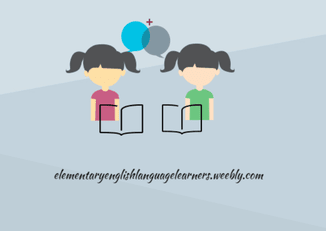 One of my favorite ways to let students practice reading for automaticity, fluency and expression is with Ear to Ear Reading. There are so many benefits to this easy to implement strategy! Because it is done in pairs (or triplets in rare cases) it lowers the affective filter for students and helps to build interdependence among students. |
Categories
All
|
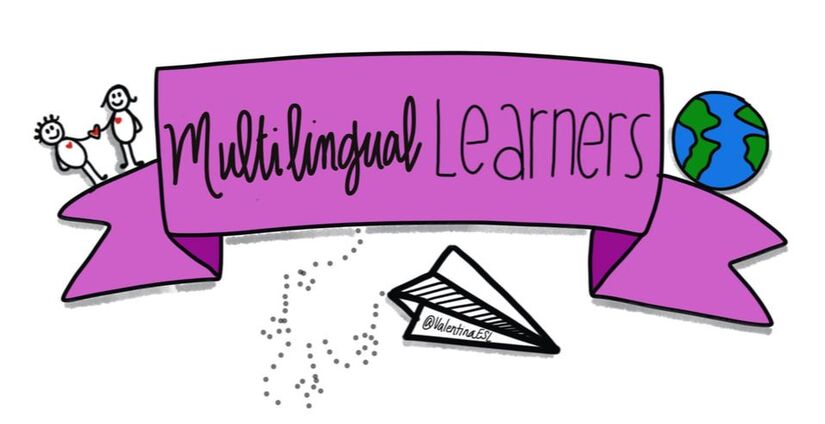
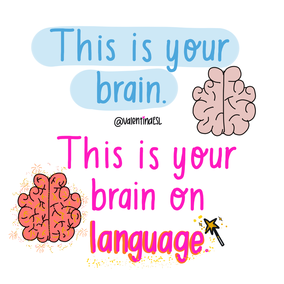
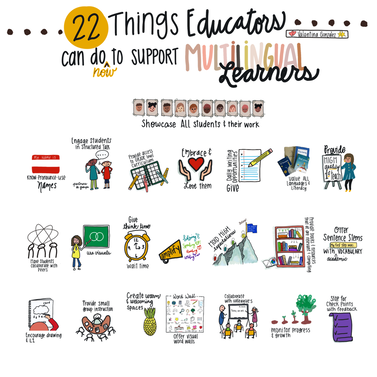
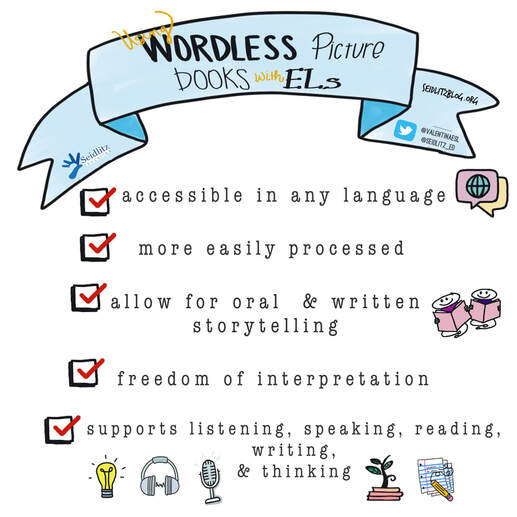
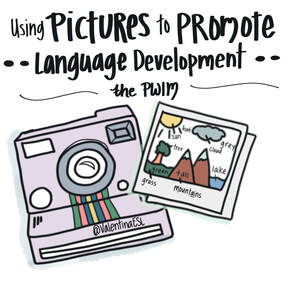

 RSS Feed
RSS Feed
